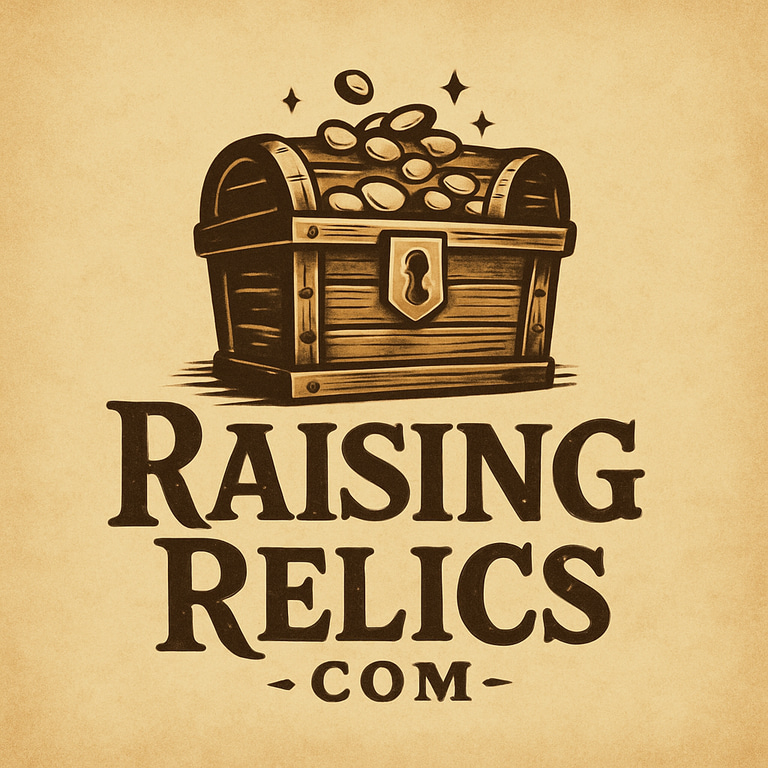About Raising Relics
Following History: From Eyewitness Accounts to Modern Treasure Hunts
In 1549, Alonso de Fontaneda was shipwrecked along Florida’s east coast. He spent 17 years living among the Ais Indians, meticulously documenting what he saw: shell necklaces, feathers, and ornaments salvaged from European shipwrecks. These weren’t mere decorations—they were markers of status, trade, and ritual. Most intriguingly, Fontaneda noted that treasures were rarely buried with the dead, suggesting deliberate relocation inland and offering insight into how historical artifacts moved through the hands of the Ais.
Fontaneda even described the Ais wearing gold and jewels brought from European wrecks, adorning themselves with items salvaged from ships long before anyone else arrived. This isn’t fantasy; it’s eyewitness documentation, providing a blueprint for where and why treasures may have been hidden centuries ago.
Fast forward nearly 500 years. The Spanish ship La Trinité, lost centuries ago, has been officially recovered—but not without controversy. Using a methodical, research-driven approach, I had narrowed down the location based on historical accounts, geographic patterns, and eyewitness records. Yet the state of Florida and a commercial treasure-hunting company took over the find, leaving me sidelined despite providing key clues that directly led to the discovery.
This experience revealed a harsh truth: independent researchers often receive no recognition, even when following verifiable historical evidence. If history is to be uncovered, someone must take the initiative—and fund their own path.
That’s why I turned to jewelry-making. By crafting pieces inspired by shipwrecks, historical artifacts, and the very treasures Fontaneda described, I’ve created a way to finance my expeditions independently. Every necklace, bracelet, or charm I craft is more than an accessory—it’s a contribution to uncovering history itself.
Each piece you purchase helps fund research-driven treasure hunts on Florida’s Treasure Coast, exploring ponds, middens, and inland settlements where the Ais may have deposited or moved European artifacts long before modern archaeologists arrived. By blending art, archaeology, and adventure, I can continue following the historical clues, honoring both the Ais and the eyewitness accounts of Fontaneda.
History is alive, and its treasures are still out there. By supporting this work—through engagement, sharing, or purchasing jewelry—you become part of the mission to uncover the past, piece by piece. Together, we can bring history into the present, one discovery at a time.
Raising Relics is where treasure hunting, storytelling, and jewelry making collide. It’s not just about digging up the past—it’s about transforming those discoveries into something new. Every find, whether it’s inspired by a shipwreck campsite, a lost coin, or ancient motifs, is reborn as handcrafted jewelry and artifacts.
The process takes relic-inspired designs, metals, and even casting techniques drawn from history, and blends them with modern craftsmanship. The result? Wearable pieces of adventure—rings, pendants, and keepsakes that carry the story of treasure hunting right into everyday life.
Raising Relics is part expedition, part creative workshop, and part storytelling stage. The hunts fuel the inspiration, the relics inspire the craft, and the jewelry carries the legacy forward.
This is more than just a story—it's an invitation to join the hunt.
📖 Part historical thriller
🧭 Part personal expedition
💡 100% original
